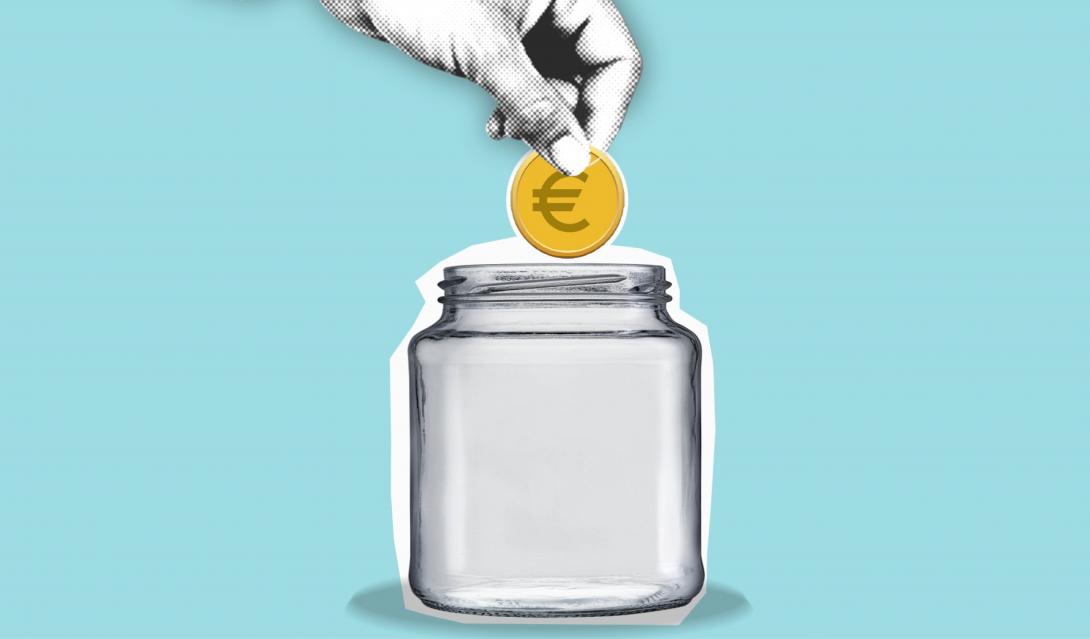Starting today, ING customers who want to can see the CO2 emissions of their spending in the ING App and on My ING. The so-called Footprint Insight is a trial among 350,000 customers who currently already use the Insight function that allows them to group their income and expenditure by spending category.
The new Footprint Insight feature displays an estimate of the CO2 emissions from your spending. This indication is calculated based on monthly spending by spending categories such as 'groceries', 'fixed costs' and 'shopping' and is then multiplied by an emissions factor.
Léon Wijnands, director of sustainability at ING in the Netherlands: "Together with our customers, we want to continue the fight against climate change. Limiting our own footprint is essential in this respect, but as a bank we are ambitious and realise that we make the biggest impact together with all our customers. With this new position, we hope to inspire our customers to make climate-conscious choices."
Test version
Initially, this is a trial among 350,000 customers. These are customers who already have the option of grouping their income and expenditure by category in the ING app and on My ING. These spending categories are then multiplied by an emission factor. The bank makes no distinction in which store purchases are made.
ING customers decide for themselves whether they want to use the new feature in the ING App and on My ING. The multiplication of spending categories by an emission factor takes place in ING's secure and closed environment. ING customers will only be able to view data from accounts for which they are an account holder or authorised user.
This test version will mainly focus on how customers experience the new function and what they think of it. Together with these customers, the new function will then be further improved.
Fighting climate change
The position is designed to give customers insight into their emissions and thus raise awareness of the impact their spending has on the climate. In addition to insight into your own CO2 emissions, you can also receive tips and a comparison is made with the average CO2 emissions of the Netherlands;
The bank itself is also taking various steps in the fight against climate change. For example, ING is part of the Net Zero Banking Alliance and last year the bank committed to bringing its operations in line with the even more ambitious climate objective of no more than a 1.5-degree temperature rise under the Paris Agreement. ING is aligning its lending to the oil and gas sector with the goals of the Paris Climate Agreement. By 2025, ING's oil and gas portfolio will be 12% smaller compared to 2019. This is an interim target on the way to net-zero greenhouse gas emissions by 2050.
Source: sustainable-investing
